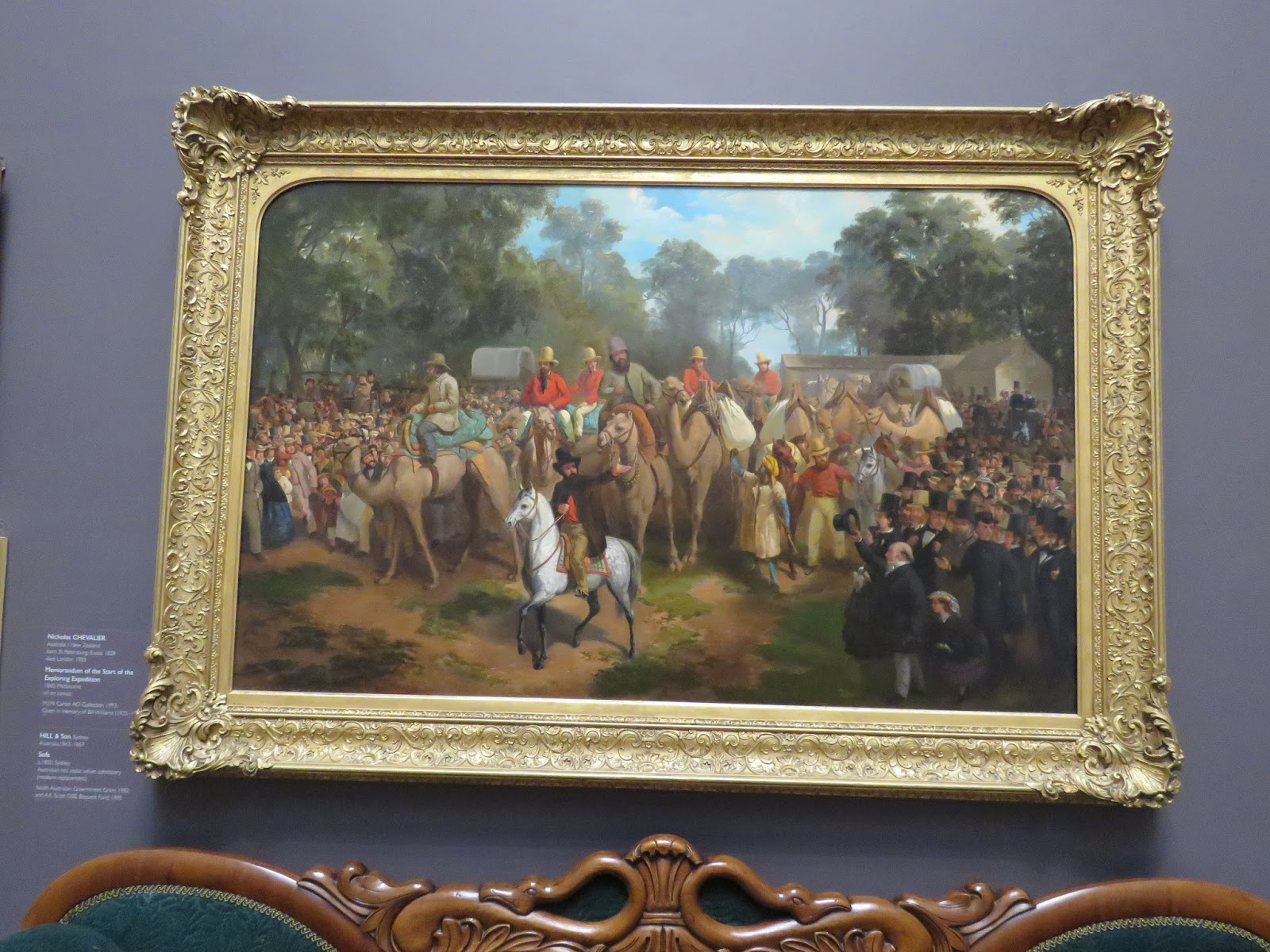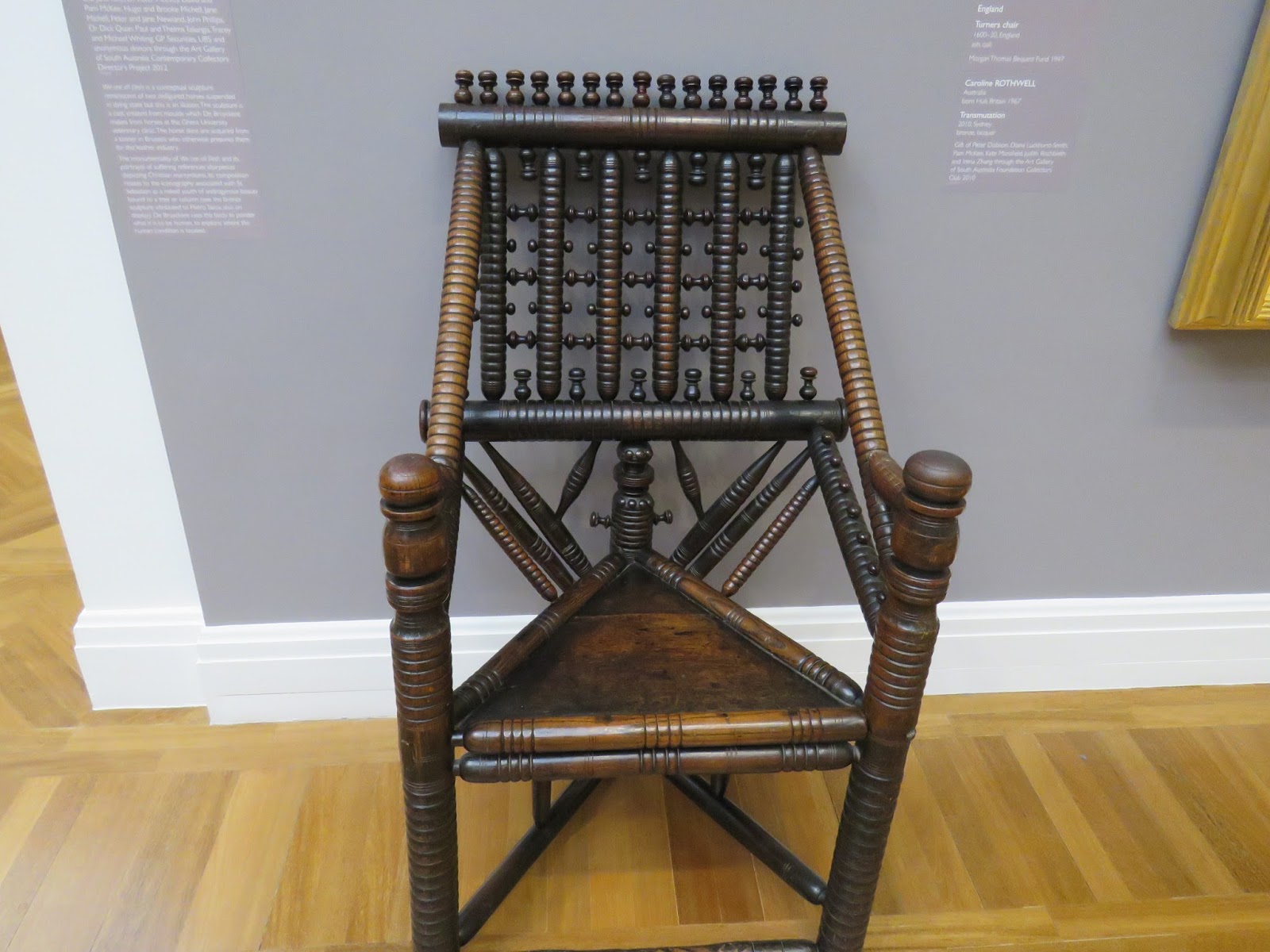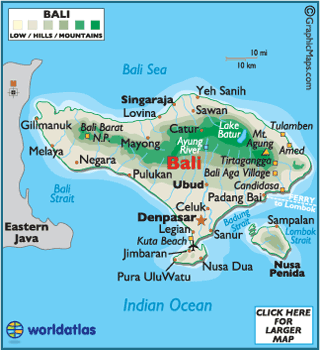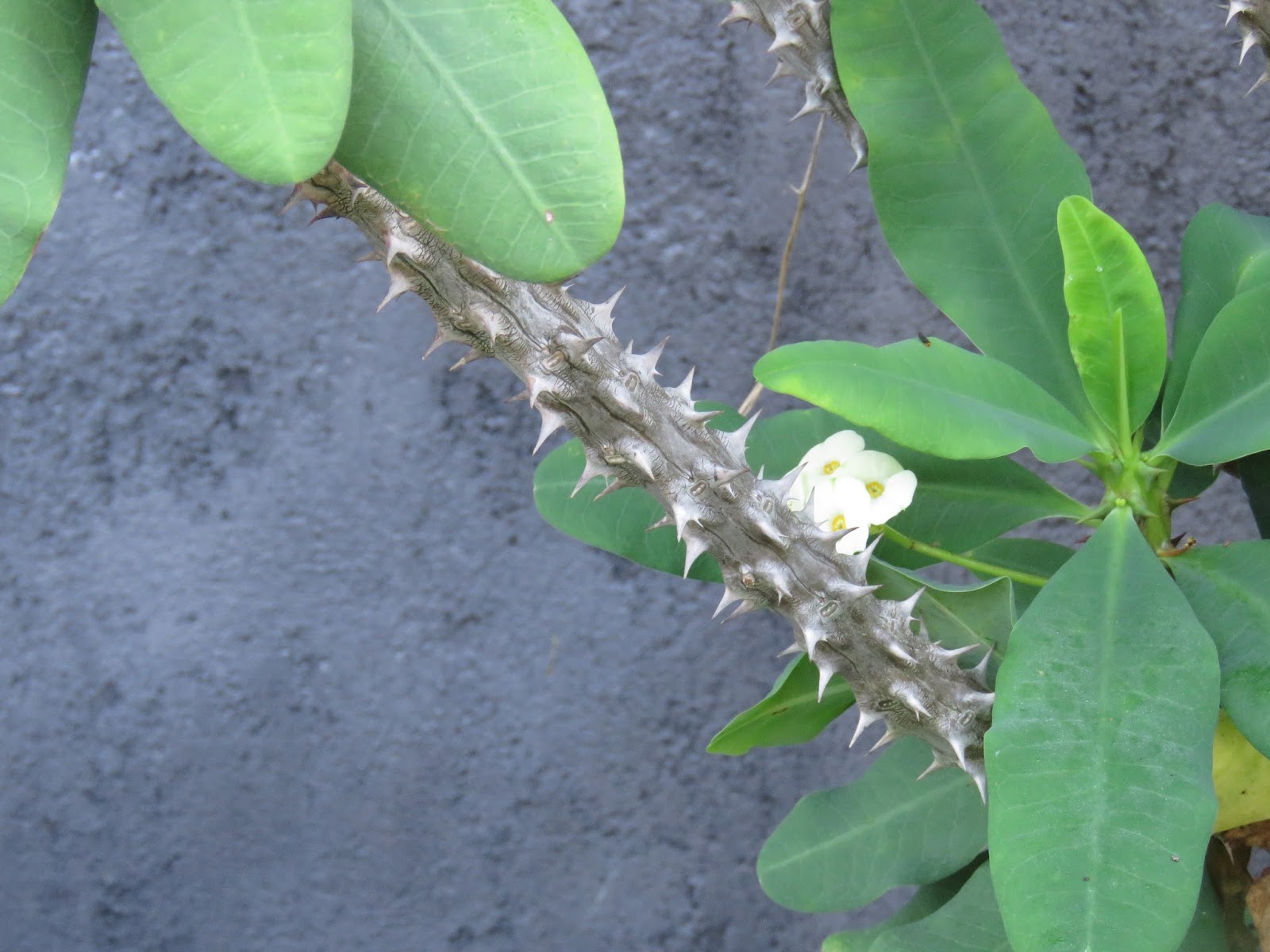 |
| These flowers are often seen growing along the highways. |
Based on the fact we don’t discuss politics here, a reader might speculate that we’re out of touch. At times, we haven’t had a TV and have had to rely upon online news which is often “fake” news, as they say, or biased in one way or another.
Years ago, I had no interest in politics. However, one can’t be married to or in the daily presence of Tom Lyman and avoid endless conversations about a plethora of topics, including politics.
 |
| Small meat pies are popular in Australia. |
In a way, his enthusiasm for world and local news has inspired me to research with an innate desire to acquire sufficient knowledge and understanding about politics to engage in lively conversations on a daily basis.
As for sharing our views online, I stay mum regarding my political views on all forms of social media, including in our posts, while Tom is highly vocal on Facebook.
 |
| Sailing is a popular activity in Tasmania. |
We may not always agree on certain topics but we both tend to base our views on our personal research based on combination of varying sources of information both online and on TV news as available.
The bottom line for both of us is clear…we avoid getting into deep and lengthy political conversations with people we meet along the way. There are plenty of other engaging topics to discuss while on cruises and when meeting people in our daily lives.
 |
| Farm view from a hill. |
Of course, I do occasionally spew out a few choice comments about the production of food, the overuse of statin and other drugs and the medical profession’s slanted view that only prescription medication is the solution for all that ails us.
 |
| The bright blue Huon River which is not muddy and murky like some rivers throughout the world. |
Sure, there are times prescribed medication is a solution to health issues that otherwise can’t be resolved with diet, exercise, low stress and a healthy lifestyle. I’ve certainly fallen into that realm, taking three little pills a day and a handful of supplements. And, believe me, I’ve tried to eliminate these three meds with alternative solutions, to no avail.
Tom only takes three 50 mg B6 each day (spread throughout the day) to prevent kidney stones. For him, its worked for the past 12 years after three surgeries in three years in 2003, 2004, and 2005. (Our comment is not intended as medical advice. Please check with your doctor about B6 treatment if you are prone to kidney stones).
 |
| Blacksmith shop. |
Why is the mention of politics and medicine in the same post? Simple answer. They’re closely related. Through considerable research over these past years, its become clear to us. However, we won’t get into all of this here in our posts. That’s never been our intention nor will it be in the future.
Our goals for our site remains constant…to share the nuances of dally life as world travelers. In an email we received today from one of our new readers who began reading our posts from the beginning on March 15, 2012, we’ve evolved in many ways.
 |
| View of the Huon River between the trees. |
However, our goals, our joys and our appreciation for this life have remained the same. We continue to be humbled and in awe of the world around us, its people, its diversity and its wonders of nature.
May your day bring you joy and appreciation.
Photo from one year ago today, February 3, 2016:
 |
| Colorful apartment building in New Plymouth, New Zealand. For more details, please click here. |














































































































